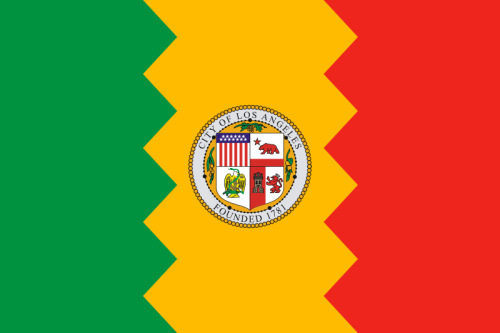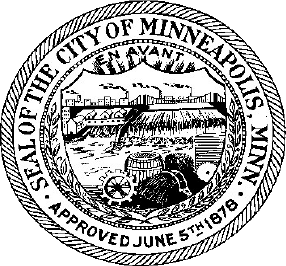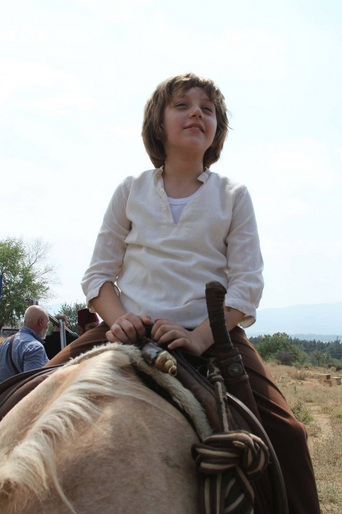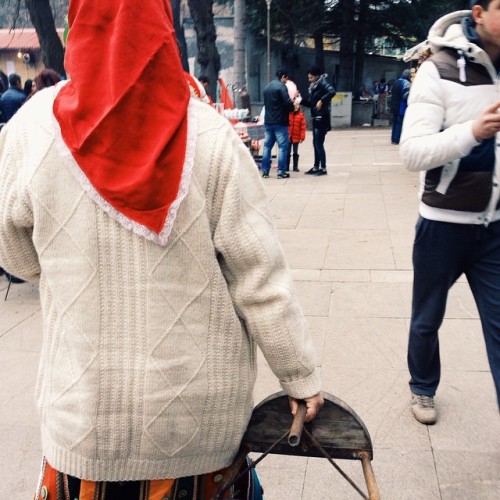As I’ve said in previous posts, I love flags. Fluttering all around us, they combine design, history, and politics–what could be more interesting than that? I know that I may be in the minority on this, but I think vexillology–the study of flags–is just about the coolest thing. You may not think so, yet, but I’d invite you to check out this TED Talk from the host of design podcast “99% Invisible,” and you might come away with a better idea of what I’m talking about.
The talk is called “the worst-designed thing you’ve never noticed,” which refers to civic flags. The world around, the flags of cities and regions tend to be hideous, designed-by-committee affairs. For a flag lover like me, one of the joys of moving to a new continent is seeing so many new designs. Moving to Bulgaria, I was impressed by how good the municipal shields and local flags are here. Instead of being the worst-designed thing around, Bulgaria’s local and regional civic iconography is pretty cool.
What’s the big deal with municipal design, anyway?
Every city has its own seal and flag, but like so many things about the places where we live, they may get ignored in the rush of everyday life. Unless someone lives in a city with an extraordinary sense of civic pride invested in its flag–basically just Chicago and Washington, DC–they may have no idea what their flag even looks like. I didn’t know what my hometown’s flag looked like for a long time, but it looks like this:

It’s not pretty, and it resembles most US city flags. A tricolor composed of not-very-appealing colors, with a seal in the middle that has at least 5 design elements too many:
American municipal seals will generally include between 3 and 5 design motifs in honor of local industry, several human figures (Greek goddesses or settlers & indians), regional fauna, an eagle, farm equipment, mottos in at least 2 languages, and the date of founding. The result usually looks like this:
It’s one thing for a seal to be stamped on top of an official document. Unfortunately, most US state flags plop these unsightly seals on monochrome, usually blue, fields. This design motif is disparagingly known as “blobs on bedsheets,” for obvious reasons. The US isn’t alone in this; Mexico’s state flags follow almost the same styling, except the favored color is white.
Europe generally doesn’t fare much better. US seals show their age, mostly looking like the 18th century wood-block prints they initially were. European regional and municipal flags betray their medieval origins by usually being mish-mashes of elements like cups, crowns, and castles; crazy blends of animals, crosses, and heraldic elements, or uninspired color bands festooned with shields. The best European city flag, Amsterdam, is the result of taking the most distinct element from a typical European municipal coat-of-arms
and making that the entire flag:
People with an eye for design will single out Chicago, the District of Columbia, Amsterdam, and a few other exceptions as examples of terrific municipal design. There are probably only a handful of people who associate Bulgaria with terrific municipal design–one of whom lives in my apartment. However, Bulgaria deserves to rank great civic art alongside terrific yogurt and cheap domestic beer as points of national pride. Here’s why. Continue reading










